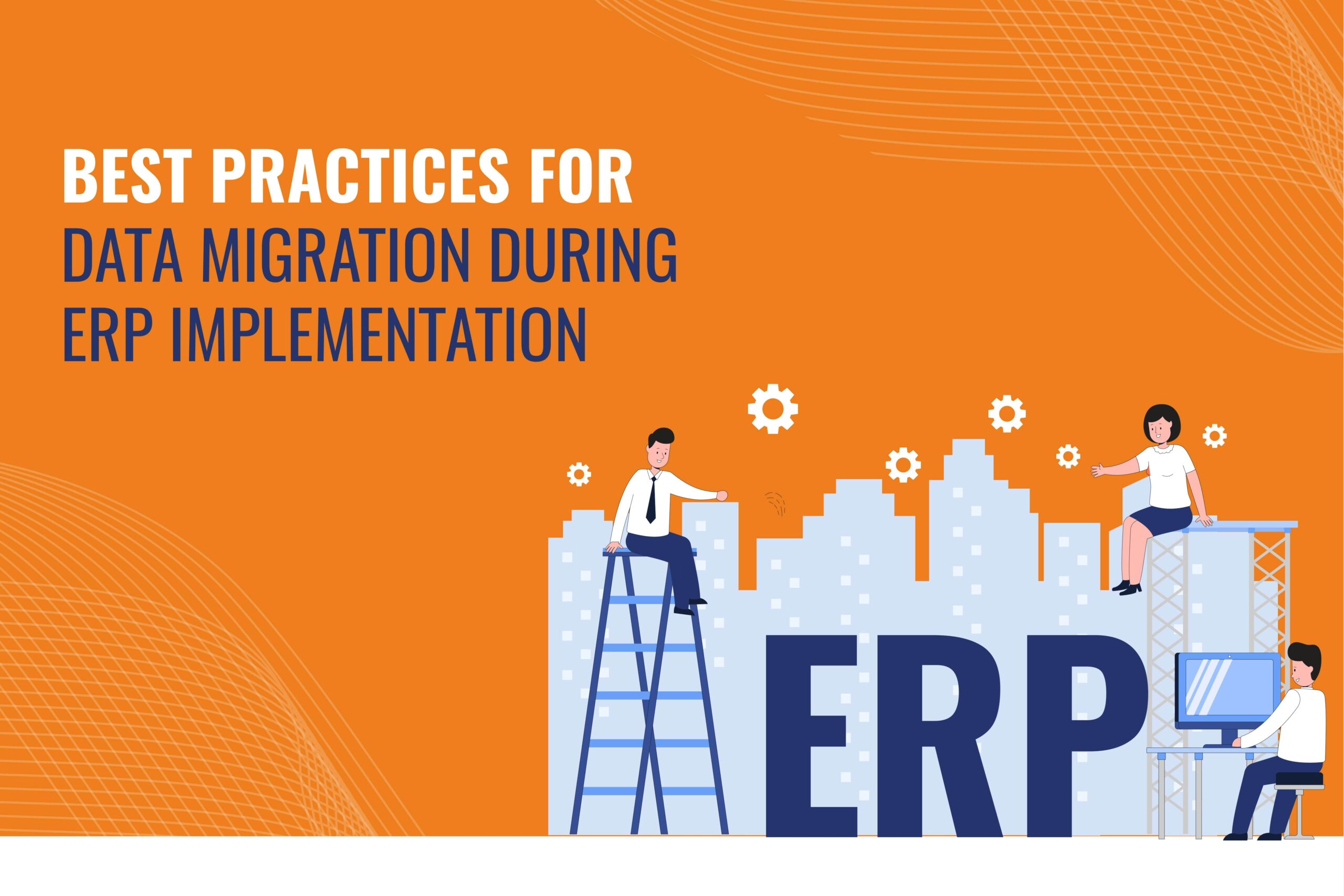
Implementing an ERP system is a transformative step for organizations, offering streamlined processes and strategic insights. However, the success of an ERP implementation largely depends on effective data migration, which involves transferring data from legacy systems to the new platform. This process is complex and requires meticulous planning to avoid disruptions to business operations.
Data migration involves activities like data extraction, transformation, cleansing, and loading (ETL). The goal is to ensure data from various sources is accurately transferred and integrated into the ERP system, maintaining data integrity and accessibility.
Organizations face several challenges during data migration. These include ensuring data quality, managing compatibility issues between different systems, handling the volume and complexity of data, minimizing downtime, and ensuring compliance with security regulations. Addressing these challenges is crucial for a successful ERP implementation.
To overcome these challenges, organizations should follow best practices. These include establishing clear objectives and scope for the migration, conducting comprehensive data assessments, and developing a robust migration strategy. Investing in data cleansing and transformation, engaging stakeholders, and performing rigorous testing and validation are also key. Additionally, implementing data governance and security measures, and planning for contingencies, are essential to mitigate risks.
Following these best practices ensures smooth data migration, enabling organizations to fully leverage their ERP systems’ potential. This paves the way for enhanced efficiency, agility, and competitiveness in the digital landscape, laying a solid foundation for future growth and digital transformation.
In today’s digital landscape, ERP systems have become the backbone of organizations across industries. These systems streamline processes, enhance efficiency, and provide invaluable insights for strategic decision-making. However, the successful implementation of an ERP system hinges on various factors, with data migration being one of the most critical.
Data migration involves transferring data from legacy systems to the new ERP platform. It is a complex process that requires careful planning, meticulous execution, and adherence to best practices to ensure minimal disruption to business operations. In this comprehensive guide, we will delve into the best practices for data migration during ERP implementation, focusing on key considerations, challenges, and strategies for success.
ERP implementation refers to the process of deploying an ERP system within an organization to replace or enhance existing systems. This undertaking involves multiple phases, including planning, configuration, testing, training, and finally, deployment. Throughout these phases, data migration plays a pivotal role in ensuring that critical business data is accurately transferred to the new system.
Data migration encompasses various activities, such as data extraction, transformation, cleansing, and loading (ETL). The goal is to migrate data from disparate sources, such as databases, spreadsheets, and legacy applications, into the unified structure of the ERP system. This process is essential for maintaining data integrity, consistency, and accessibility across the organization.
While data migration is crucial for ERP and SAP implementation success, it also presents several challenges that organizations must address:
Legacy systems often contain redundant, outdated, or inconsistent data. Cleaning and validating data to ensure accuracy and integrity is a significant challenge during migration.
Different systems may use incompatible data formats, structures, or standards, leading to complexities in data mapping and transformation.
Organizations accumulate vast amounts of data over time, making data migration a complex and resource-intensive task.
Data migration activities can disrupt regular business operations, leading to downtime and potential loss of productivity if not managed effectively.
Ensuring compliance with regulatory requirements and maintaining data security throughout the migration process is paramount to protect sensitive information.
To mitigate these challenges and ensure a smooth data migration process during ERP implementation, organizations should follow these best practices:
Data migration is a critical component of ERP and SAP implementation, enabling organizations to harness the full potential of their ERP systems. By adhering to best practices and leveraging advanced technologies and expertise, organizations can overcome challenges and ensure a successful migration process. With careful planning, collaboration, and a focus on data quality and integrity, organizations can lay the foundation for digital transformation and future growth. By implementing these best practices, organizations can streamline data migration processes, IT consulting services, mitigate risks, and reach the full potential of their ERP systems, paving the way for enhanced efficiency, agility, and competitiveness in today’s dynamic business landscape.
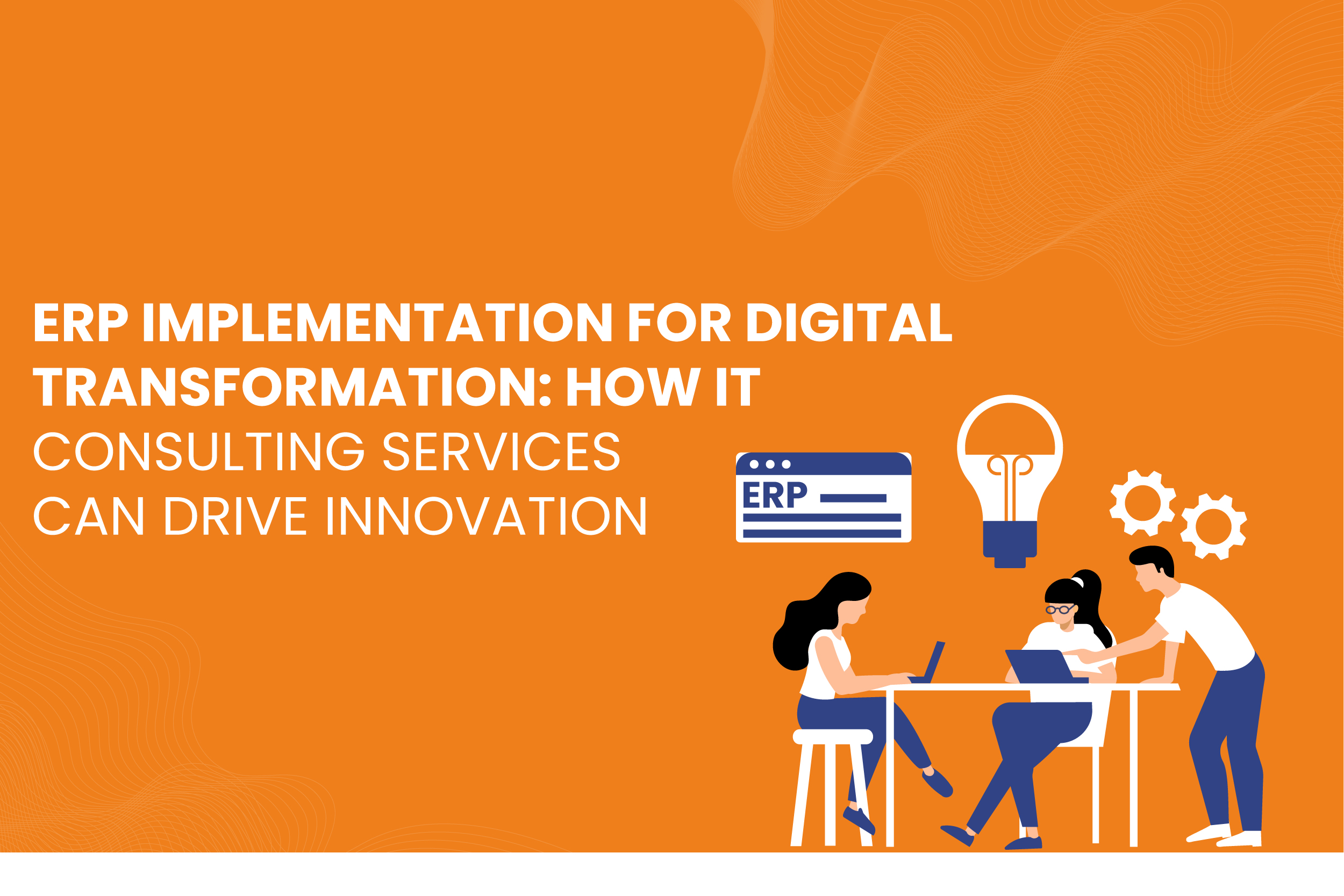
In today’s fast-paced digital landscape, businesses must adapt to changing technologies and customer expectations to remain competitive. One of the most effective ways to achieve this adaptability is through digital transformation, which involves integrating digital technologies into all areas of a business. A critical component of this transformation is Enterprise Resource Planning (ERP) systems.
Read More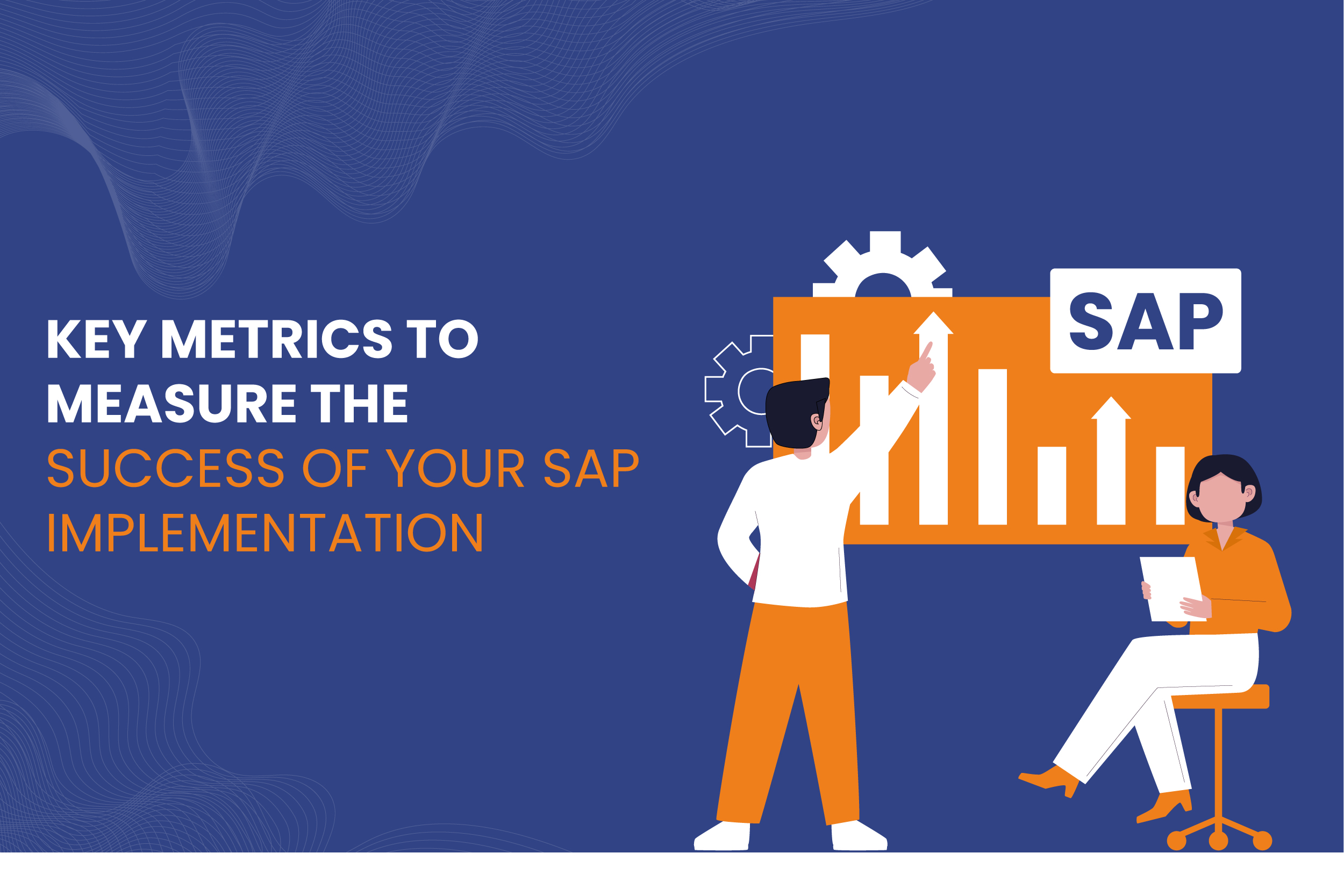
Implementing an SAP system can be a transformative step for organizations aiming to enhance their operational efficiency, streamline processes, and improve data visibility. However, success in an SAP implementation goes beyond simply completing the project on time and within budget. It involves measuring and analyzing key performance metrics that provide insight into how effectively the system is being utilized and whether it meets the organization’s objectives.
Read More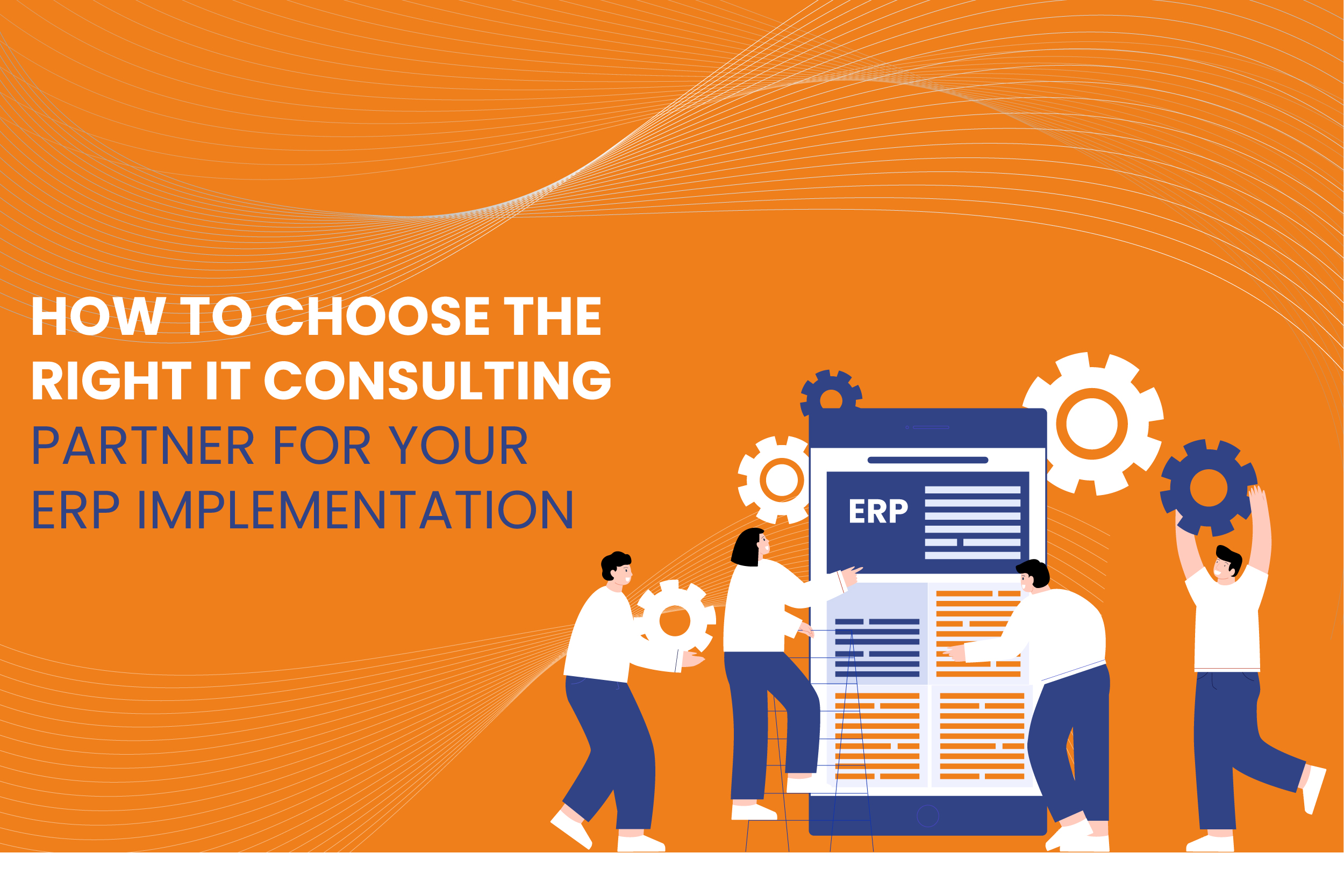
In today’s fast-paced business environment, efficient systems and processes are vital for success. Enterprise Resource Planning (ERP) systems like SAP are central to this, helping organizations streamline their operations, manage resources more effectively, and drive productivity.
However, ERP implementation is a complex and often challenging process that requires a skilled IT consulting partner to ensure success. Selecting the right IT consulting services for your ERP implementation, especially for SAP, can make the difference between seamless integration and costly disruptions.
Read More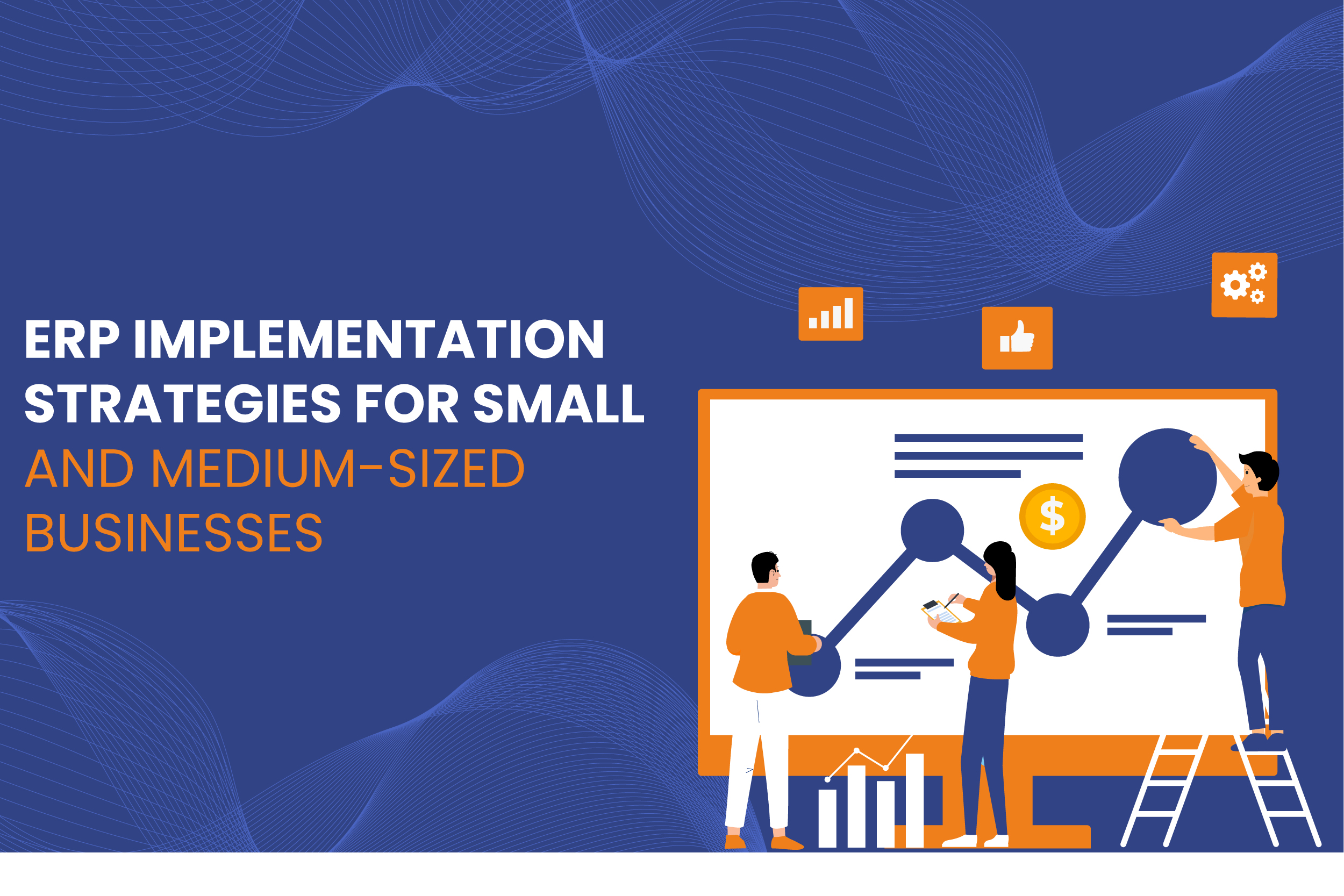
ERP systems have become indispensable tools for businesses looking to streamline operations, improve efficiency, and maintain a competitive edge. However, implementing ERP solutions can be daunting, especially for small and medium-sized businesses (SMBs) with limited resources.
The complexity of the process, cost concerns, and the need for seamless integration across departments pose significant challenges. To overcome these, SMBs must adopt tailored ERP implementation strategies that align with their unique requirements.
Read More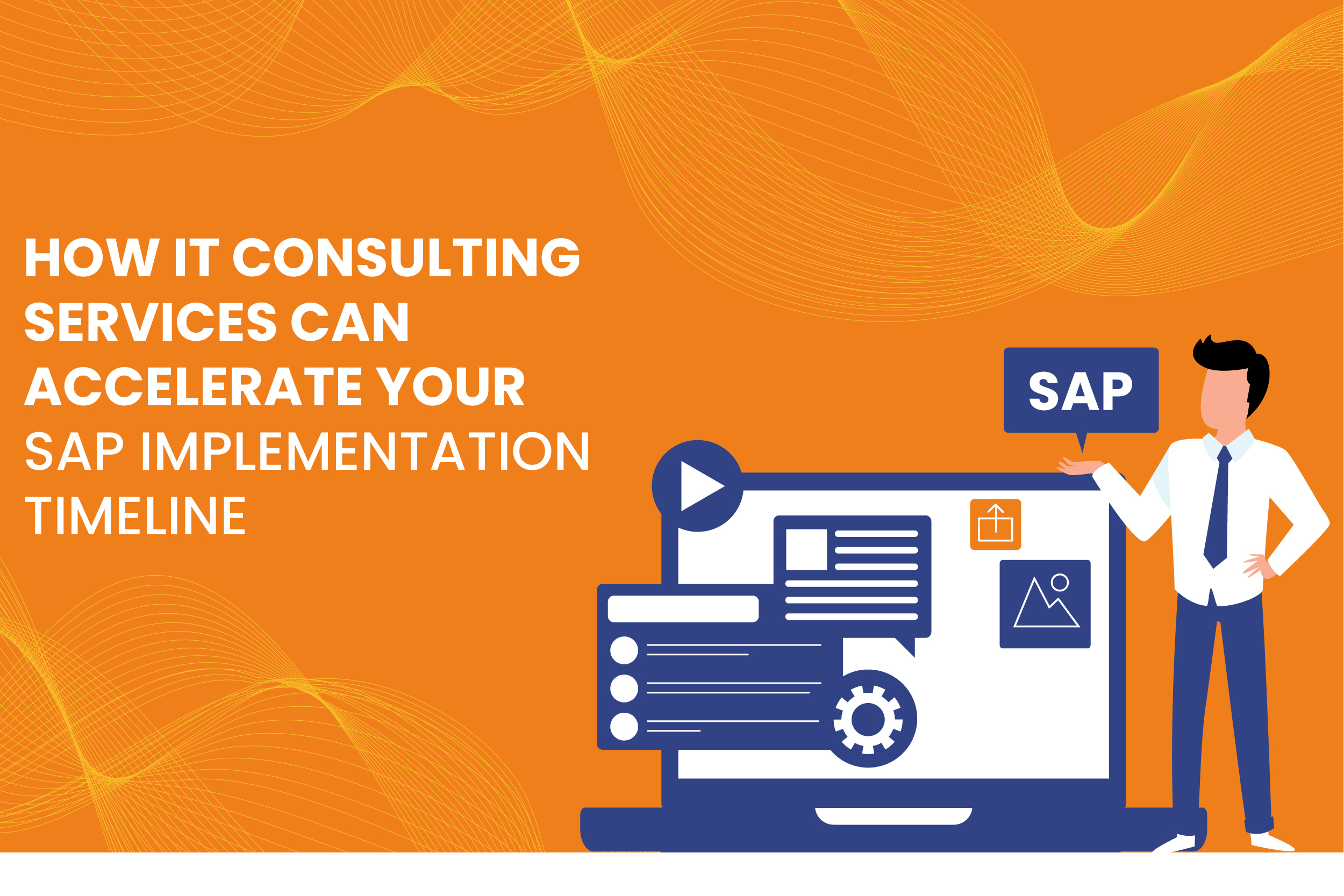
In today’s fast-paced business environment, Enterprise Resource Planning (ERP) systems like SAP (Systems, Applications, and Products) are crucial to streamlining operations, improving efficiency, and supporting growth. However, the process of SAP implementation can be complex and time-consuming, often putting a strain on internal resources.
This is where IT consulting services come into play, providing the necessary expertise and support to accelerate your SAP implementation timeline. By leveraging specialized knowledge and proven strategies, IT consulting services can significantly shorten the time required for successful SAP deployment, helping organizations stay competitive and responsive to market demands.
Read More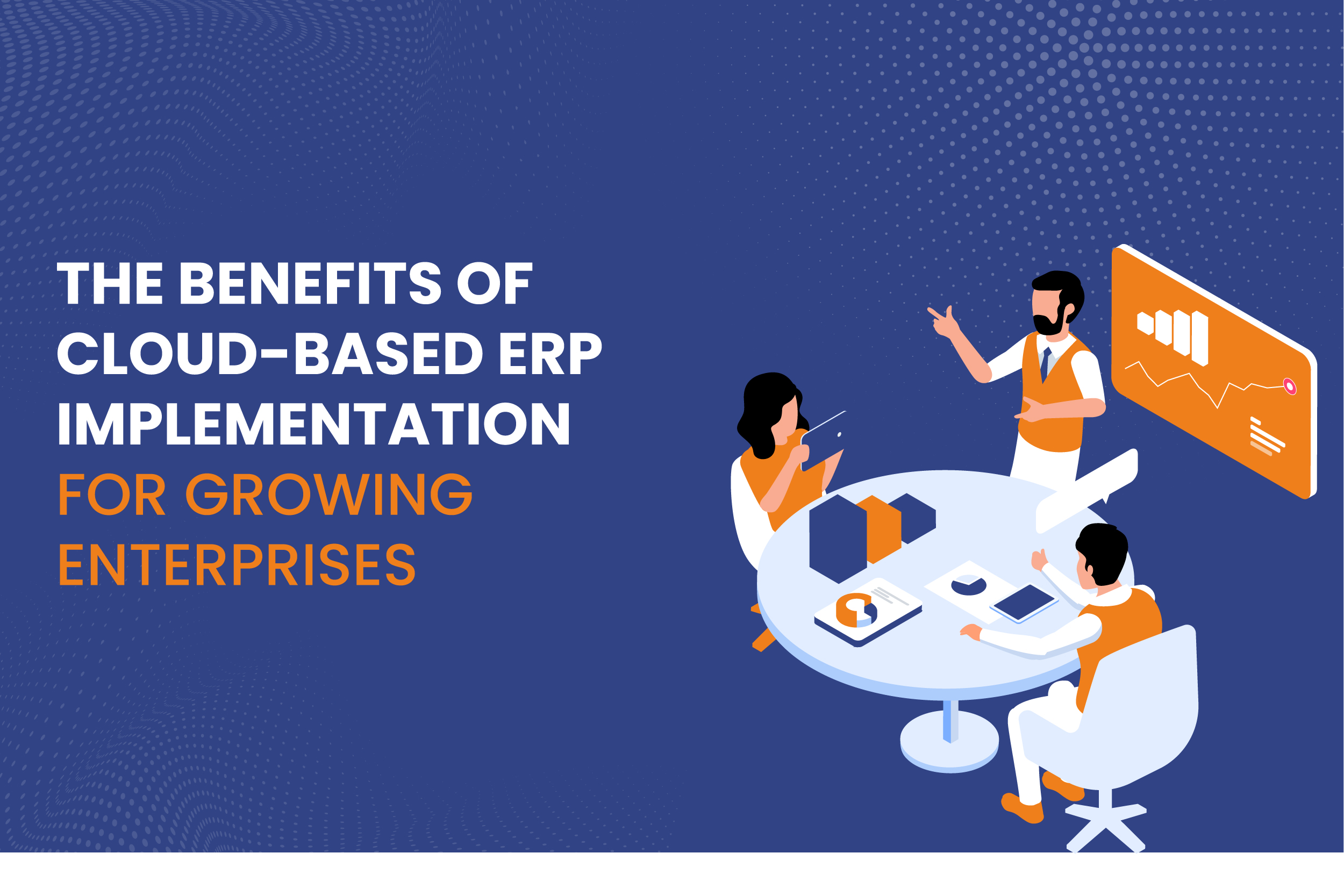
As enterprises scale, managing resources, streamlining operations, and maintaining flexibility become crucial challenges. To address these challenges, businesses increasingly turn to cloud-based Enterprise Resource Planning (ERP) systems.
ERP solutions have long been vital in centralizing various business functions like finance, human resources, supply chain management, and customer relations into a unified system. In recent years, the shift to cloud-based ERP systems has offered even greater benefits, particularly for growing enterprises.
Read More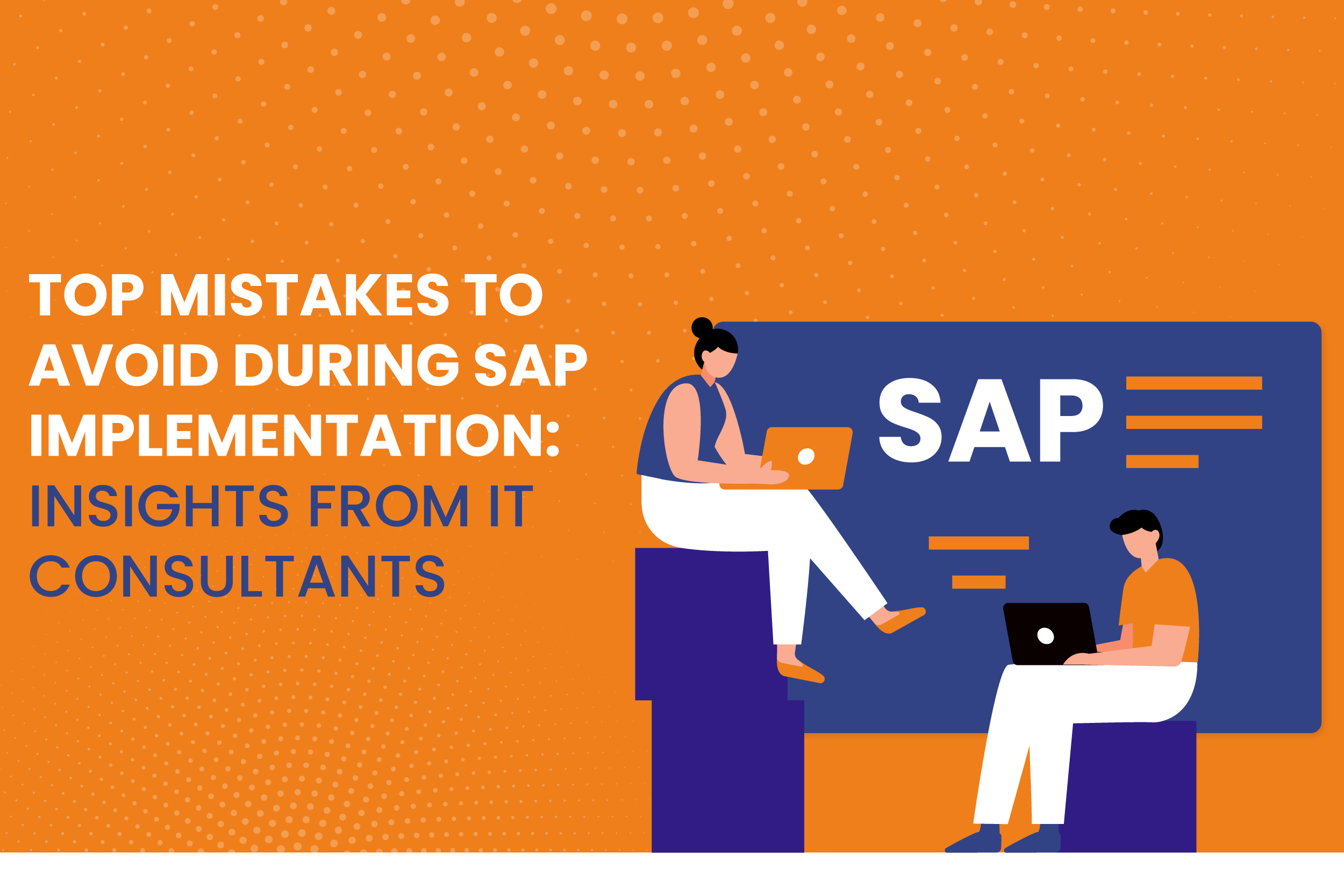
Implementing an Enterprise Resource Planning (ERP) system like SAP can significantly transform an organization’s operations, boosting efficiency and data accuracy. However, an SAP implementation is a complex process that requires meticulous planning and execution. Many companies fail to realize the depth of such projects and commit avoidable mistakes that lead to delays, cost overruns, and frustration.
Read More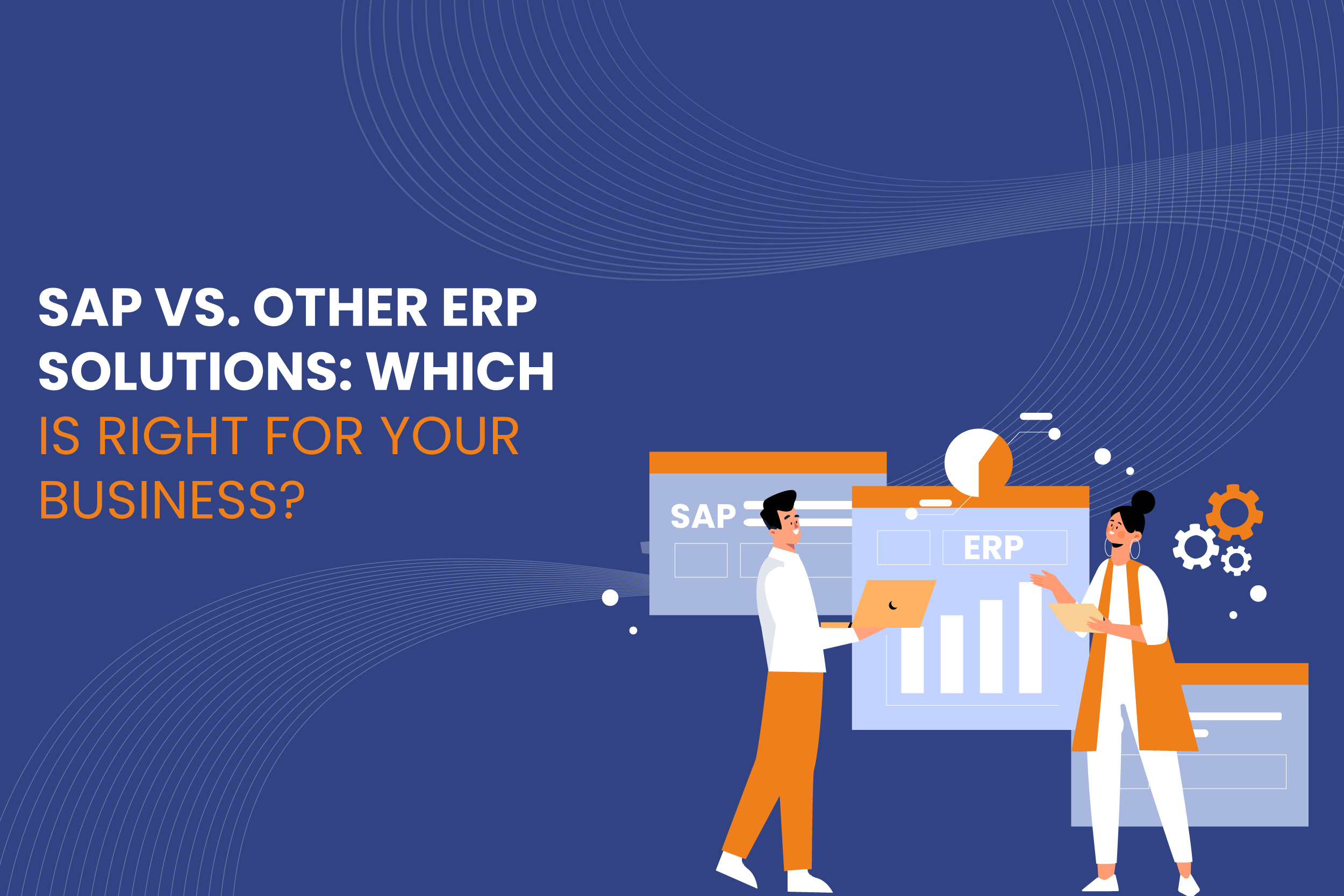
In today’s competitive business environment, organizations must be equipped with efficient, reliable, and scalable systems to manage their operations. Enterprise Resource Planning (ERP) solutions provide companies with the tools to streamline their processes, integrate various departments, and enable data-driven decision-making.
Among the vast array of ERP solutions, SAP is one of the most well-known, but it’s not the only option. Businesses must consider whether SAP or another ERP solution is the right fit based on their unique needs.
Read More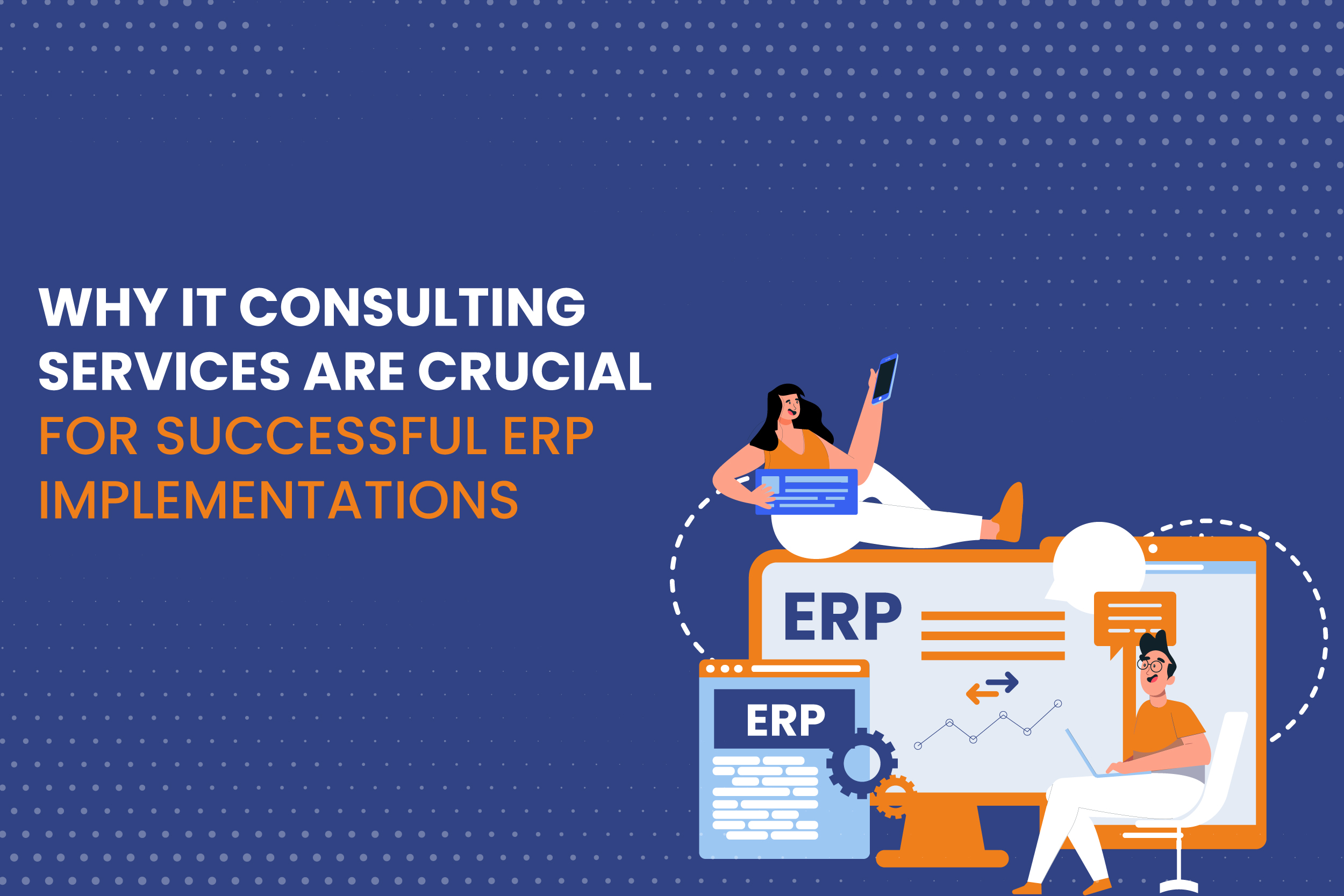
Enterprise Resource Planning (ERP) systems have become the backbone of modern business operations. Whether it’s handling financials, human resources, supply chains, or manufacturing processes, ERP solutions streamline and automate vital business functions, fostering efficiency and growth. SAP, one of the leading ERP platforms, is often the go-to choice for organizations due to its robust and customizable features. However, ERP implementation—whether SAP or another system—is not without challenges. This is where IT consulting services play a pivotal role.
The complexities of ERP implementations require specialized expertise, and IT consulting services provide the technical know-how, strategic planning, and ongoing support that are critical to successful deployment and long-term functionality.
Read More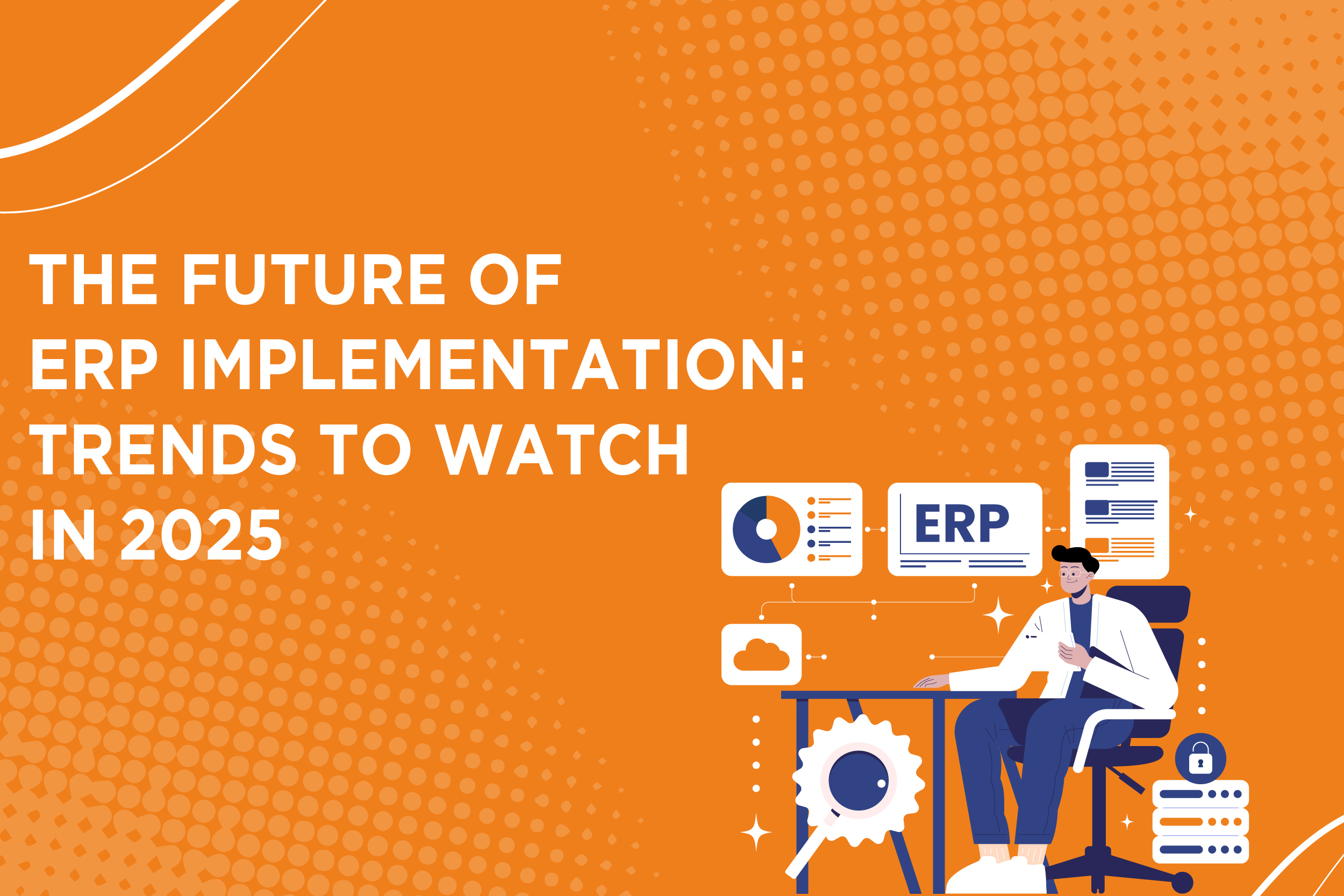
In the rapidly evolving business landscape, enterprise resource planning (ERP) systems are essential for companies looking to streamline operations, improve data accuracy, and enhance decision-making processes. As we look toward 2025, the future of ERP implementation is promising, with significant trends emerging that are reshaping how organizations deploy and manage their ERP systems. From advancements in SAP implementation to innovations in IT consulting services, businesses must keep a keen eye on these trends to remain competitive.
Read More
Leave a Reply